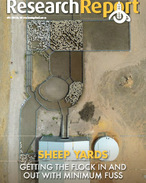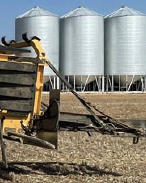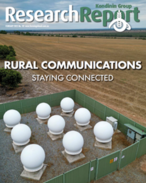This article is 7 years old. Images might not display.
Well-timed early sowing and grazing results in little impact on yield as long as biomass is maintained above critical levels, according to research conducted by the Grains Research and Development Corporation.
The GRDC has been investing in this space for several years, with CSIRO Agriculture & Food examining both canola and wheat varieties to identify ways of optimising grain yield and grazing potential.
CSIRO’s Dr Susie Sprague advises careful timing when considering grazing crops as there is an important balance between losing yields and maintaining crop biomass.
“People are a bit more comfortable with grazing wheat than canola, particularly with the timing of removing stock depending on growth stage,” Sprague said.
“Dual-purpose crops require a bit of a changed mentality around sowing timing in terms of looking at earlier sowing times and hitting flowering windows to manage the paddock right to maximise yield.
“To get the best benefit out of grazing, it’s best to have a plan in place for how the season needs to play out, and if that doesn’t work, don’t graze it.
“For example, if it’s a dry year and there hasn’t been enough rain to build biomass then you wouldn’t graze it, but if you’re having a good year then the crop may not need all of the biomass to achieve good yield and that is when you would consider grazing it,” she said.
Dr Sprague says in addition to the seasonal conditions, livestock numbers also play a part in deciding to graze a paddock.
“In terms of paddock selection, you would need to be thinking about how it sits in with your livestock in terms of time of grazing,” she said.
“If you haven’t got enough animals then you might get uneven grazing of your crop and you may need to consider buying in stock or agisting for neighbours.”
Practice change around dual-purpose crops starts over summer where sowing two to three weeks earlier will require planned summer weed control.
Application of chemicals requires careful assessment so that withholding periods are met prior to grazing. Dr Sprague said most commercial wheat and canola varieties can be successfully managed for dual-purpose use. But best results are from early-sown, mid to late maturing types, depending on the district, with high early vigour and for canola, a high blackleg resistance rating.
For more details: Susie Sprague, CSIRO Agriculture, Phone: 02 6246 5387.






















